Peru is a country known for its rich cultural history, stunning landscapes, and diverse wildlife. One of the best ways to experience all that this country has to offer is by visiting its National Parks and Reserves. From the towering peaks of the Andes to the lush rainforests of the Amazon basin, Peru’s Natural Reserves offer visitors a chance to explore some of the most breathtaking landscapes on the planet. In this blog post, we’ll take a closer look at some of the top Reserves in Peru.
Diverse landscapes ranging from the towering peaks of the Andes to the lush Amazon rainforest, these natural wonders are home to a variety of wildlife and ecosystems, many of which are protected within Peru’s national park system.
This protected area is located in the southeastern region of Peru, spanning an area of over 1.7 million hectares. It is considered one of the most biodiverse areas in the world and was declared a UNESCO Biosphere Reserve in 1977.
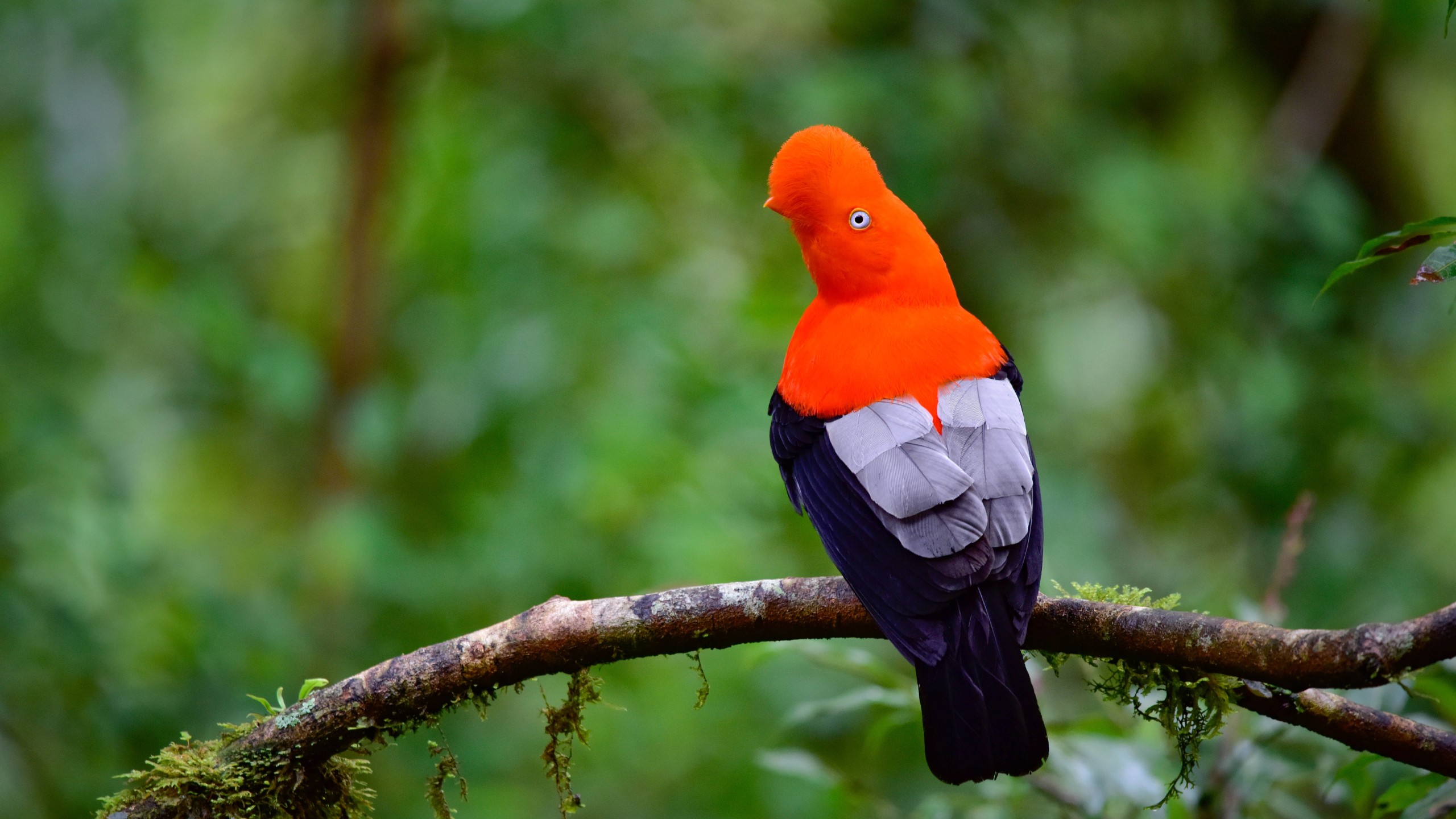
The park encompasses a wide range of ecosystems, including Andean highlands, cloud forests, and lowland tropical rainforests. These diverse habitats support an abundance of plant and animal species, including over 800 bird species, 200 mammal species, and 13 species of primates.
Manu National Park is also home to several indigenous communities, including the Matsigenka, Yine, and Amarakaeri peoples, who have lived in the region for centuries and have developed a deep knowledge of the area’s flora and fauna.
Travelers to Manu National Park can enjoy a range of activities, including birdwatching, hiking, and wildlife spotting. There are also several lodges and eco-tourism ventures in and around the park, providing opportunities for visitors to learn about the region’s biodiversity and cultural heritage. However, access to some areas of the park is restricted to protect the fragile ecosystem and the indigenous communities that call it home.
The park is home to a diverse range of flora and fauna, including over 450 bird species, 100 species of mammals, and over 250 species of fish. The park’s extensive river system, including the Marañón, Ucayali, and Amazon rivers, is also an important habitat for various aquatic animals, such as river dolphins and caimans.
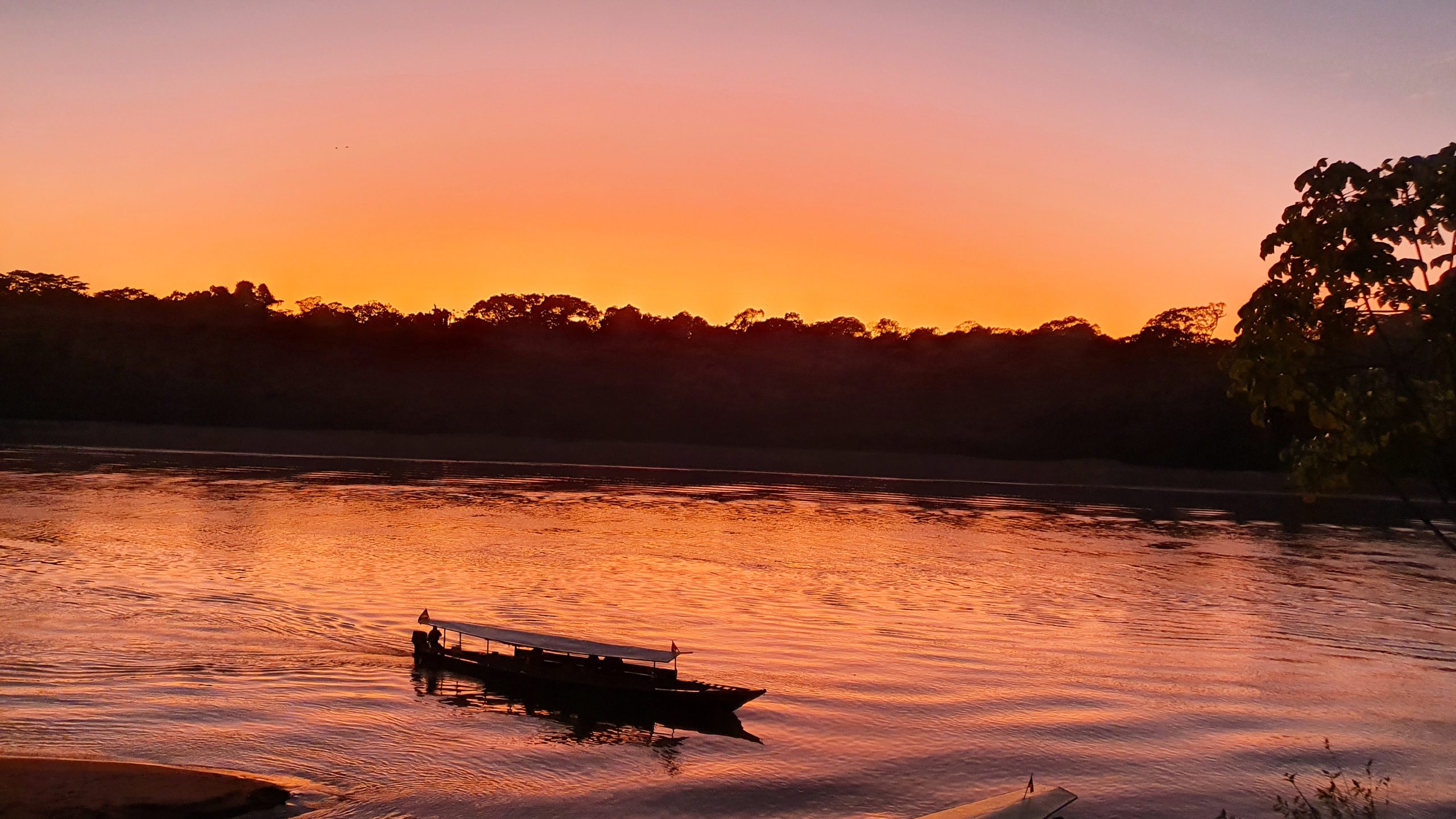
Pacaya Samiria National Park is a protected area located in the northeastern region of Peru, in the Loreto Region. It was established in 1982 and covers an area of over 20,000 square kilometers, making it one of the largest national parks in the country.
This place is also significant for its indigenous communities, who have lived in the area for thousands of years and continue to rely on the natural resources within the park for their livelihoods. The park is home to several indigenous groups, including the Cocama-Cocamilla, Kukama-Kukamiria, and Yagua.
Visitors to the park can enjoy a range of activities, such as hiking, birdwatching, canoeing, and fishing. There are also opportunities to learn about the park’s biodiversity and the cultural traditions of the indigenous communities who call it home. However, due to its remote location and limited infrastructure, access to the park can be challenging, and visitors are advised to seek out local tour operators with experience in the area.
The reserve is known for its incredible biodiversity and is considered one of the most biologically diverse areas in the world. It is also home to several indigenous communities, including the Ese Eja people, who have lived in the region for thousands of years and continue to maintain their traditional way of life.
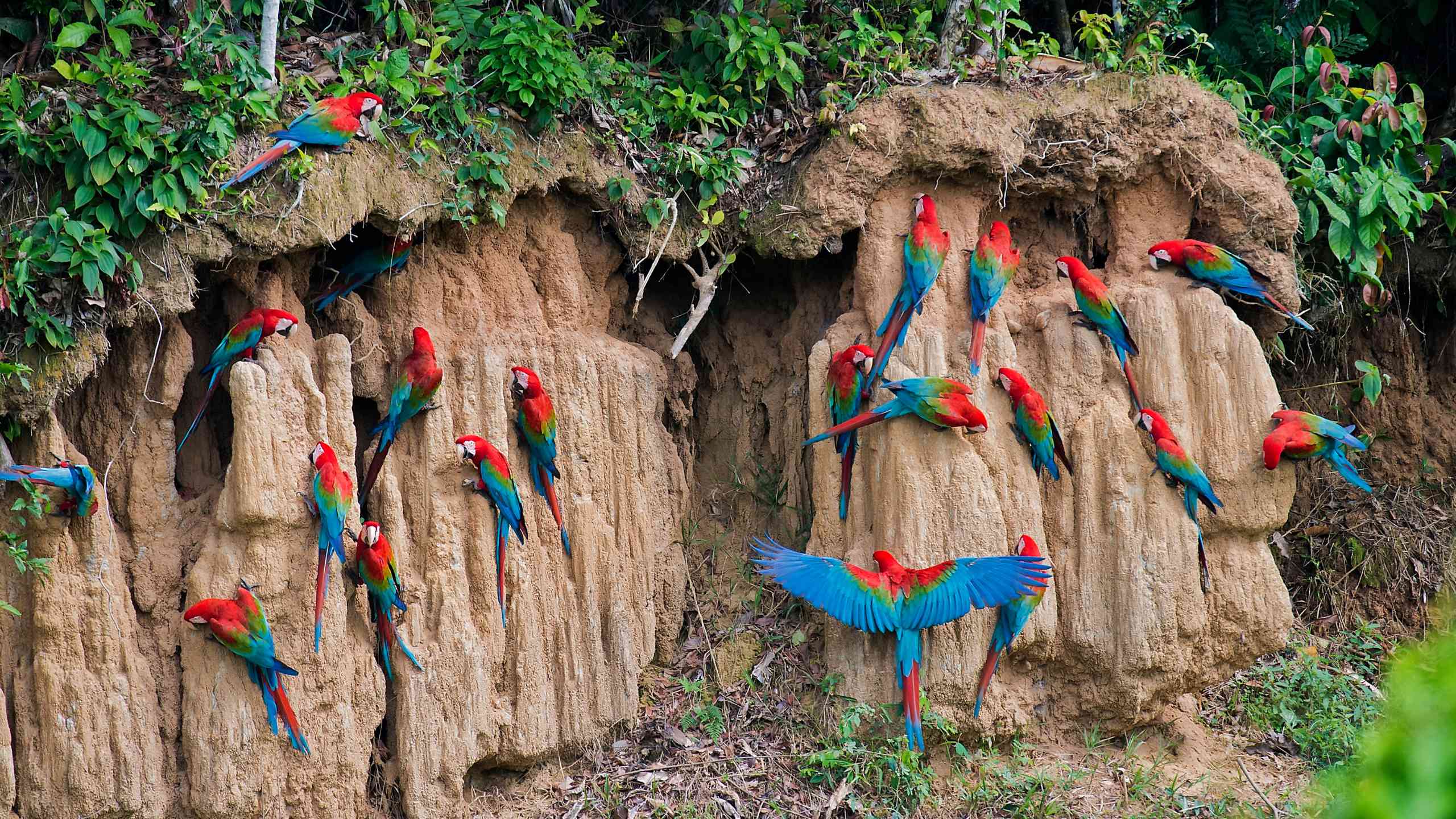
The Tambopata National Reserve is a protected natural area located in the southeastern region of Peru, near the border with Bolivia. It covers approximately 1.5 million acres of tropical rainforest and is home to a diverse array of flora and fauna, including over 600 bird species, 1,200 butterfly species, 200 mammal species, and 100 reptile and amphibian species.
Visitors to the Tambopata Reserve can explore the rainforest on guided hikes, take boat tours along the Tambopata River, and visit oxbow lakes to observe wildlife such as giant otters, macaws, and monkeys. The reserve also offers opportunities for bird watching, fishing, and camping, as well as cultural activities with local communities. It is a popular destination for ecotourism and conservation efforts to protect the rainforest and its inhabitants.
In addition to its impressive mountain landscapes, the Huascarán National Park also contains a diverse array of ecosystems, including glaciers, high-altitude grasslands, and tropical forests. The park is home to numerous species of plants and animals, including the Andean condor, the spectacled bear, and the puma.
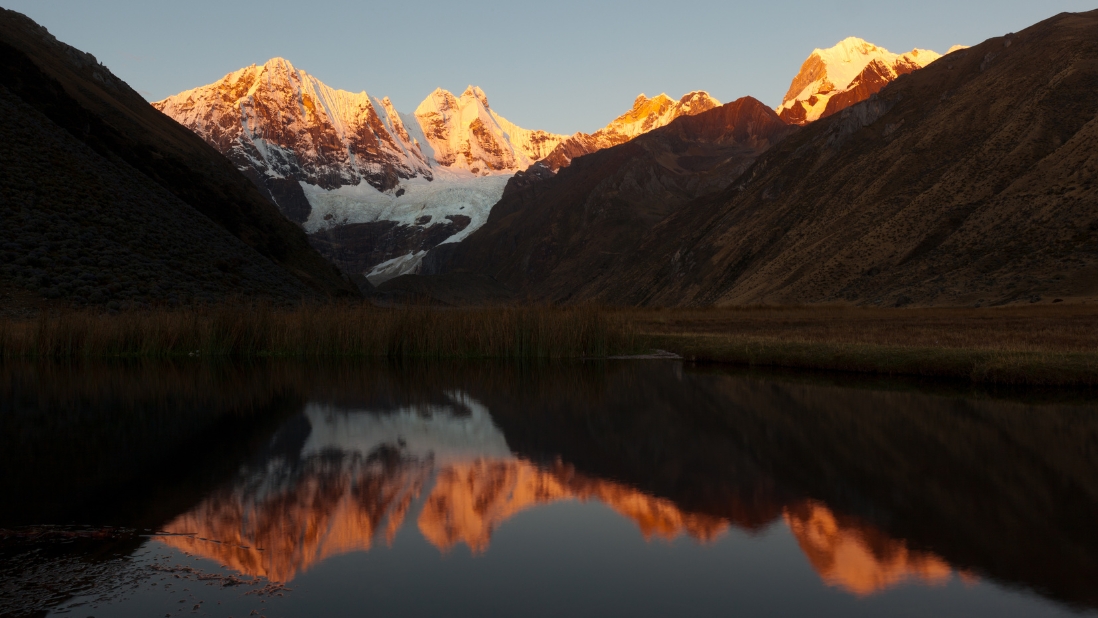
The Huascarán National Park is a protected area located in the central highlands of Peru, in the Cordillera Blanca mountain range. It was established in 1975 and covers an area of over 3,400 square miles (8,800 square kilometers).
The park is named after the Huascarán mountain, which is the highest peak in Peru at 22,205 feet (6,768 meters) and is located within the park boundaries. The park is home to several other towering peaks, including Chopicalqui, Huandoy, and Alpamayo, which are popular destinations for mountaineering enthusiasts.
Visitors to the Huascarán National Park can participate in a range of outdoor activities, including hiking, trekking, mountaineering, and camping. The park also offers opportunities for bird watching, wildlife observation, and cultural experiences with local communities. The park is recognized as a UNESCO World Heritage Site for its outstanding natural beauty and biodiversity.
The reserve is home to a diverse array of marine life, including sea lions, dolphins, sea turtles, and numerous species of seabirds. The waters around the reserve are also an important breeding ground for several species of fish and shellfish, including octopus and scallops. In addition to its marine ecosystem, the reserve also contains several distinct desert landscapes, including sand dunes, rocky cliffs, and beaches.
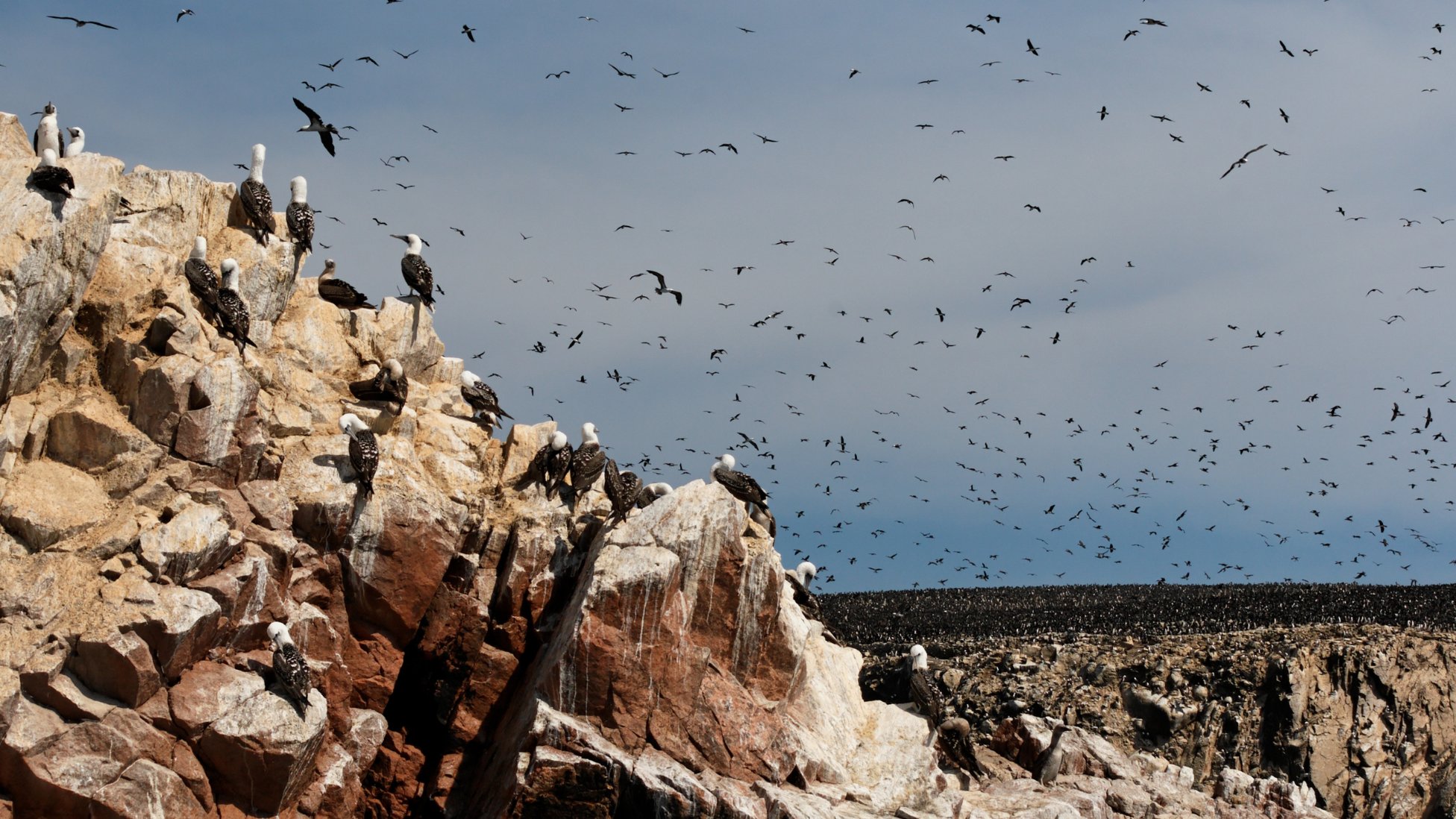
The Paracas National Reserve is a protected area located on the southern coast of Peru, in the Ica Region. It was established in 1975 to protect the marine ecosystem and the desert landscape of the area. The reserve covers an area of over 838 square miles (2,157 square kilometers), including a large portion of the Paracas Peninsula and several nearby islands.
Travelers to the Paracas National Reserve can participate in a range of activities, including boat tours, wildlife observation, and hiking. The reserve is also a popular destination for beachgoers, with several beautiful beaches and coves along the coastline. The nearby town of Pisco offers a range of accommodations and restaurants, making it a convenient base for exploring the reserve. The reserve is recognized as a UNESCO World Heritage Site for its outstanding natural beauty and ecological importance.
The park is characterized by its diverse range of flora and fauna, as well as its stunning natural landscapes. The park is home to several species of mammals, including monkeys, anteaters, armadillos, and jaguars. It is also home to over 200 species of birds, including toucans, macaws, and parrots.
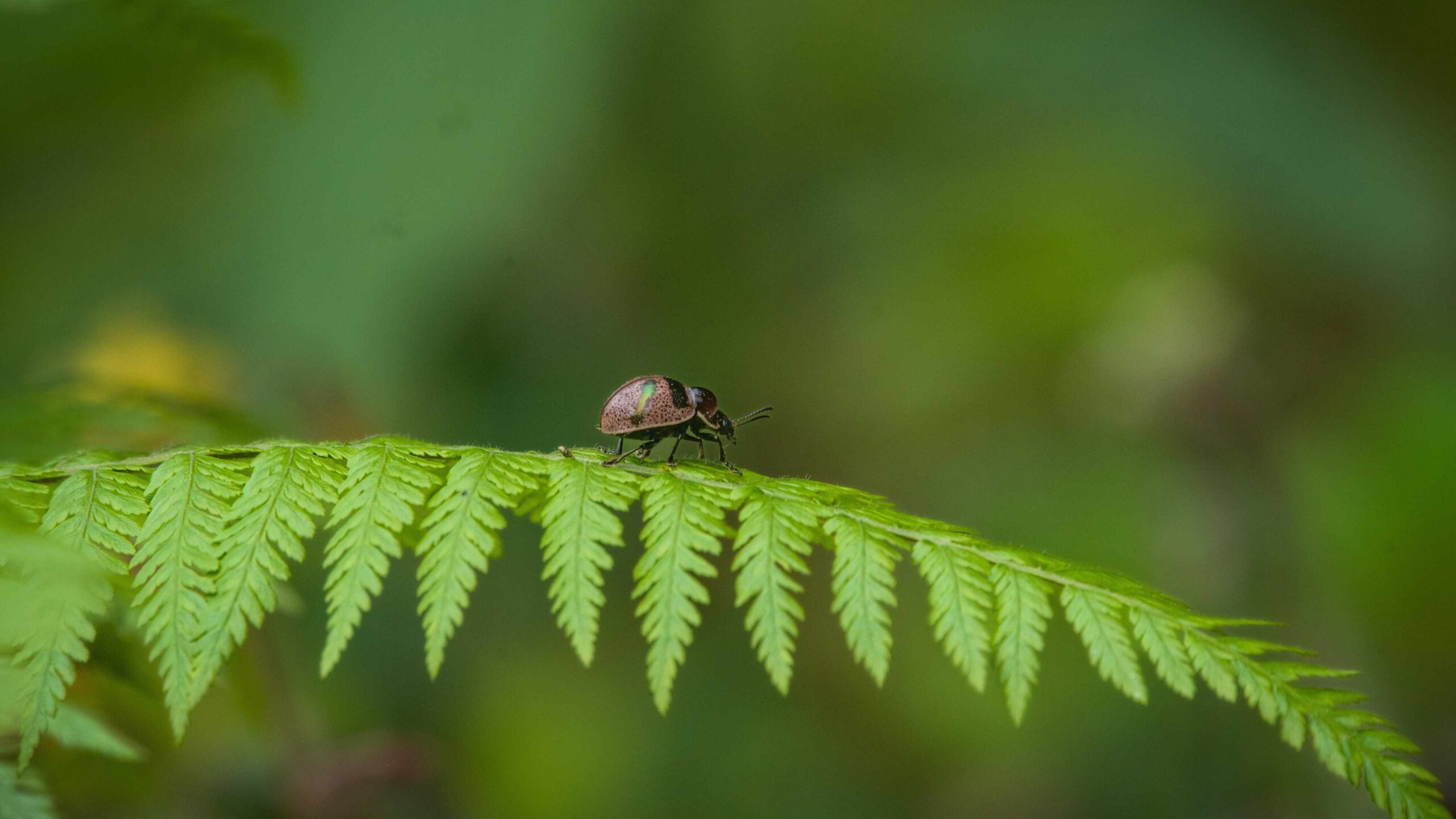
Tingo Maria National Park is a protected area located in the Huanuco region of central Peru. It was established in 1965 and covers an area of approximately 12,000 hectares (30,000 acres). The park is named after the nearby city of Tingo Maria, which is located at the foothills of the Andes mountain range.
One of the park’s main attractions is the Tingo Maria mountain, which stands at 1,950 meters (6,398 feet) tall and has a distinctive shape that resembles a reclining woman. The mountain is surrounded by dense tropical forest and is popular with hikers and climbers.
The park also contains several caves, including the Cueva de las Lechuzas (Owl´s Cave) and the Cueva de las Pavas (Guan´s Cave), which are home to several species of bats and birds. Visitors can explore the caves on guided tours.
Overall, Tingo Maria National Park is a beautiful and unique natural area that offers visitors the chance to experience the beauty and diversity of Peru’s natural environment.
The reserve includes a variety of ecosystems, such as the high Andean puna grasslands, wetlands, and the Titicaca Lake, which is the highest navigable lake in the world. The reserve is home to several endangered species, including the Titicaca water frog, Andean flamingo, and wild ducks.
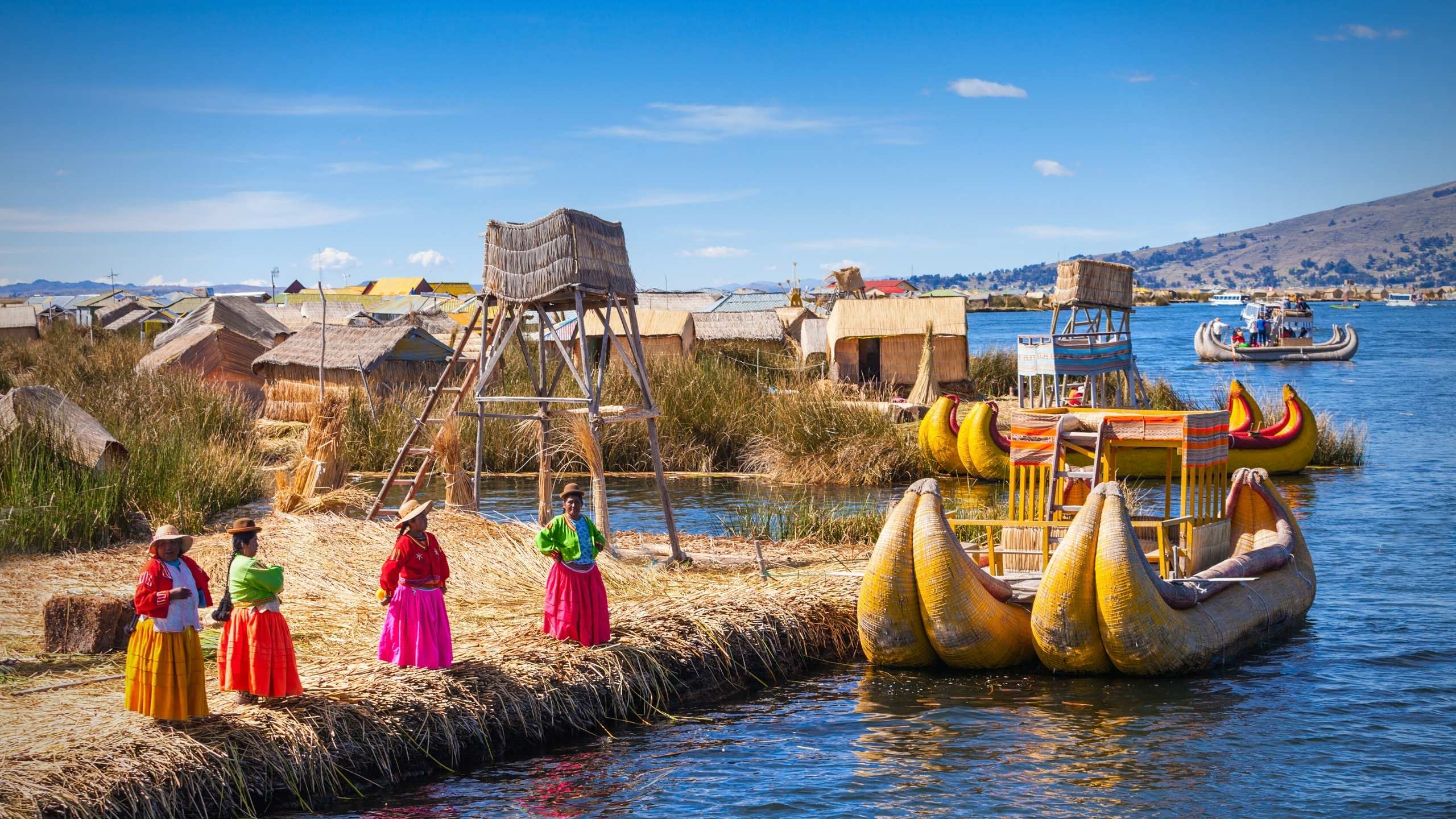
The Titicaca National Reserve is a protected area located in the Andes Mountains of Peru, covering approximately 36,180 hectares of land and water. It was established in 1978 to protect the unique flora and fauna of the region and to promote sustainable development in the surrounding communities.
The reserve is managed by the National Service of Natural Protected Areas (SERNANP) and has a variety of activities and programs for visitors, such as guided tours, birdwatching, and cultural experiences with local indigenous communities. The reserve is also known for its archaeological sites, including the Chullpas de Sillustani, a pre-Inca burial site.
Overall, the Titicaca National Reserve is an important conservation area that plays a crucial role in protecting the natural and cultural heritage of the Andean region.
Yanachaga Chemillen National Park is characterized by its high level of biodiversity, with over 3,000 species of plants, 500 species of birds, and 150 species of mammals, including the endangered spectacled bear and the puma. The park also has a large number of endemic species, meaning they are found nowhere else in the world.
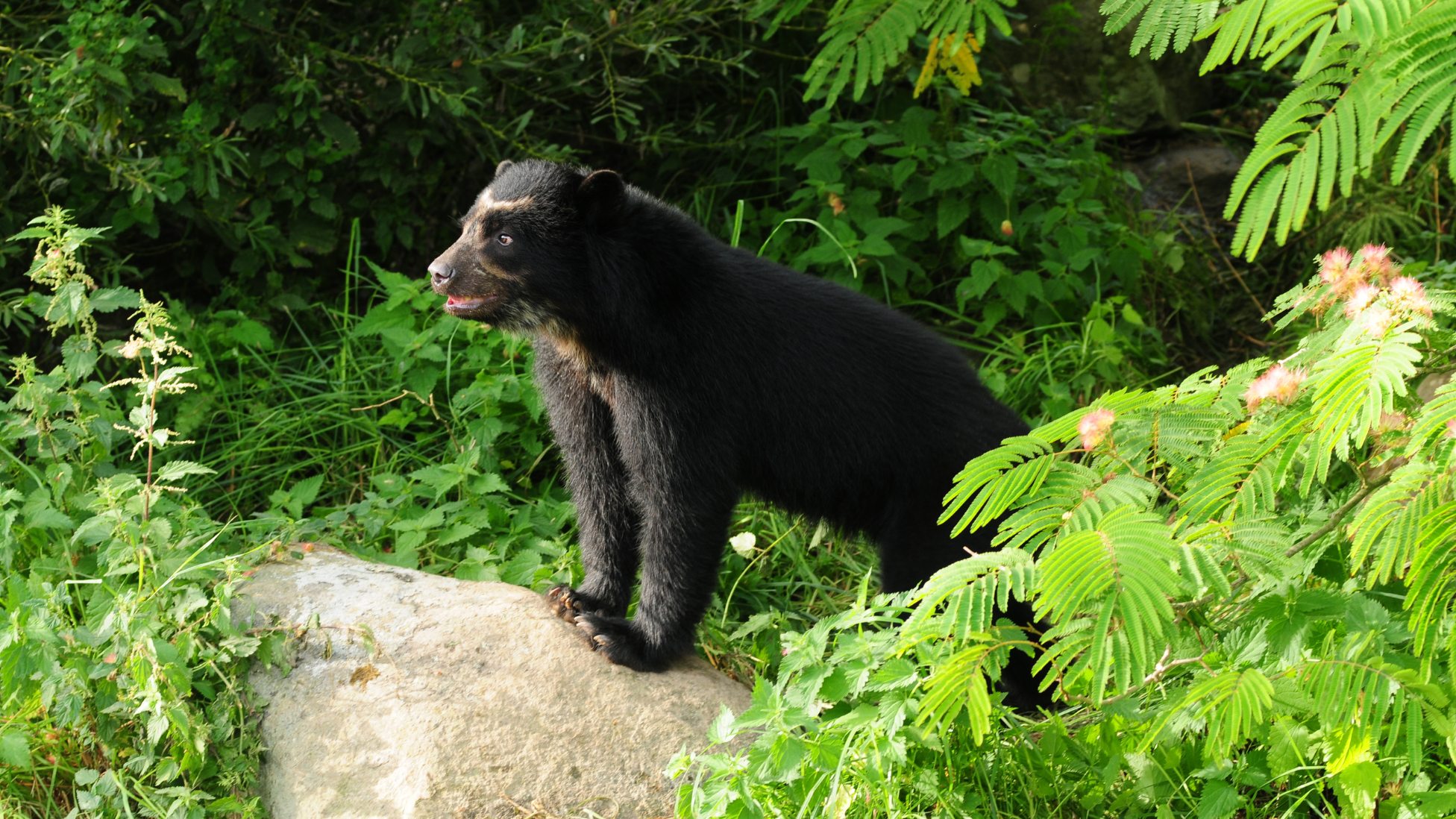
Yanachaga Chemillen National Park is a protected natural area located in the Pasco Region of Peru, in the central Andes. It covers an area of approximately 122,000 hectares (300,000 acres) and was established in 1986 to preserve the unique biological diversity of the region.
The park is named after the Yanachaga mountain range, which is situated within its boundaries. The Chemillen River, a tributary of the Pichis River, flows through the park, providing an important source of water for the region.
The park’s vegetation is diverse, ranging from high-altitude Andean forests to lowland Amazonian rainforests. There are also several microclimates within the park, which contribute to its high level of biodiversity. The park is an important site for scientific research, as well as for eco-tourism and outdoor recreation. Visitors can enjoy hiking, camping, and wildlife observation in the park, while also learning about the unique natural history and cultural heritage of the region.
In conclusion, Peru’s national parks offer visitors a chance to experience some of the most breathtaking landscapes and diverse wildlife on the planet. Whether you’re a nature lover, adventure seeker, or just looking for a peaceful escape, there’s something for everyone in Peru’s national parks. So pack your bags, grab your hiking boots, and get ready for an unforgettable journey through some of South America’s most stunning natural wonders.